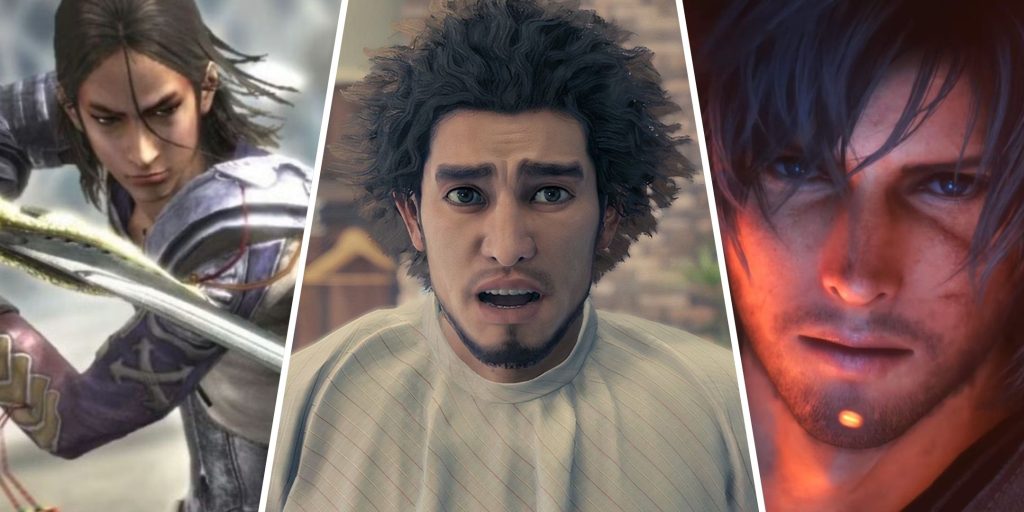Summary
- Some JRPGs opt for a realistic, less anime aesthetic.
- Games like Dragon’s Dogma 2 & Lost Odyssey showcase this style.
- Yakuza: Like A Dragon blends realism with classic JRPG storytelling.
A large share of role-playing games developed in Japan is automatically linked to anime aesthetics, mainly because of their stylized graphics, exaggerated character designs, and vibrant visuals, a connection reinforced by decades of titles that adopted this style as a defining trait. This visual bond sets a standard for the genre, making it common to assume that every JRPG follows this animated art direction.
Related
8 Best JRPGs Based on Mythology, Ranked
These JRPGs channel the power of myth to craft amazing stories. Greek gods, Norse Valkyries, Eastern dragons, and more await.
However, there are few JRPGs without an anime aesthetic that choose a more realistic, less stylized art direction. Whether to try something new or merely to distance themselves from the genre’s traditional image, they feature human-scaled characters, detailed environments, and a visual approach reminiscent of Western productions; even if the narrative keeps familiar Eastern tropes, these games still offer options for players who prefer a different approach.
8
Dragon’s Dogma 2
JRPG Features A More Western Aesthetic
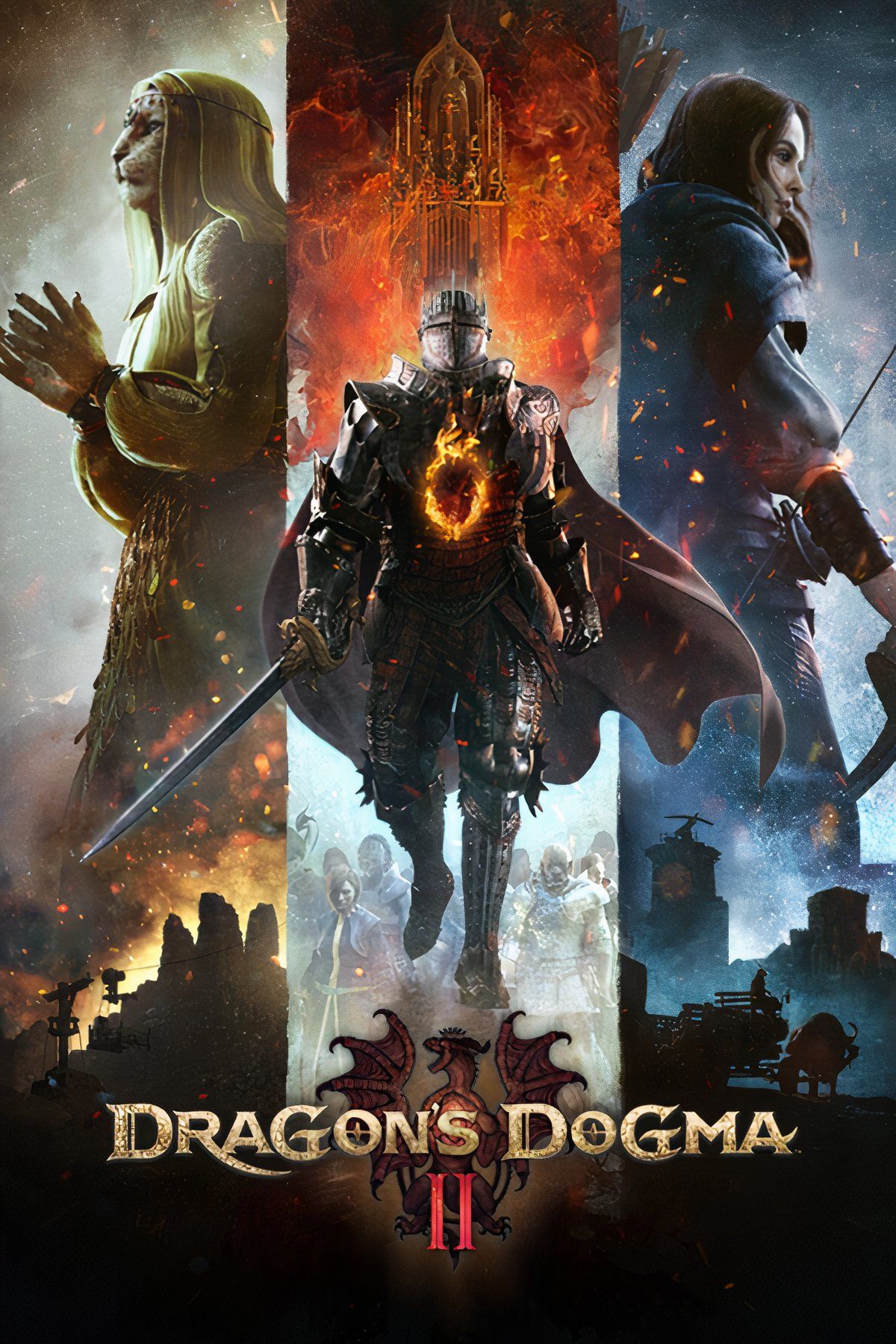
Dragon’s Dogma 2
- Released
-
March 22, 2024
- ESRB
-
Mature 17+ // Blood and Gore, Language, Sexual Themes, Violence
Built on the RE Engine, Dragon’s Dogma 2, like its predecessor, delivers a vast open world inspired by the European Middle Ages and showcases an art direction grounded in highly realistic visuals. Players can spot strong Western influences across character models, armor sets, terrain features, and even the mythic creatures, whose dense materials and weathered surfaces convincingly imitate authentic locations.
The deliberate choice of human proportions, nuanced facial expressions, and equipment consistent with the setting intensifies the game’s serious, realistic tone and highlights the studio’s commitment to authenticity. Mythical beasts such as griffins and cyclopes follow the same darker, believable design language, firmly reinforcing a raw medieval fantasy that rejects the vibrant colors and visual exaggerations typical of anime aesthetics.
7
The Last Remnant
JRPG Blends Realistic Aesthetic With Eastern Fantasy
Created with Unreal Engine 3, The Last Remnant presents a sprawling, complex fantasy world where rivaling empires fiercely fight for control of ancient mystical artifacts known as Remnants. Because the development team targeted a worldwide market, the JRPG uses restrained character models with true-to-life proportions and wide environments modeled on medieval European cities, fortresses, and rolling countrysides that heighten immersion.
Although the world teems with fantastic creatures and potent magic, the title avoids cartoonish traits or saturated palettes, choosing realistic textures, material mapping, subdued lighting, and a muted color range. Characters display neutral facial features rather than anime exaggeration, and that visual decision underlines a mature, serious atmosphere compatible with the story’s weighty political intrigue and major large-scale military conflicts.
6
Resonance Of Fate
Game Delivers Realistic Yet Lightly Stylized Graphics
Released in 2010, Resonance of Fate decisively distances itself from typical anime aesthetics by adopting a deliberately grounded yet stylized realistic art style. Character designs favor modern Western fashion: long coats, leather, and tailored layers over the genre’s usual flamboyant costumes, while an urban steampunk backdrop forms a darker industrial mood that feels distinctly cinematic and immersive, marked by firearms and mechanized architecture.
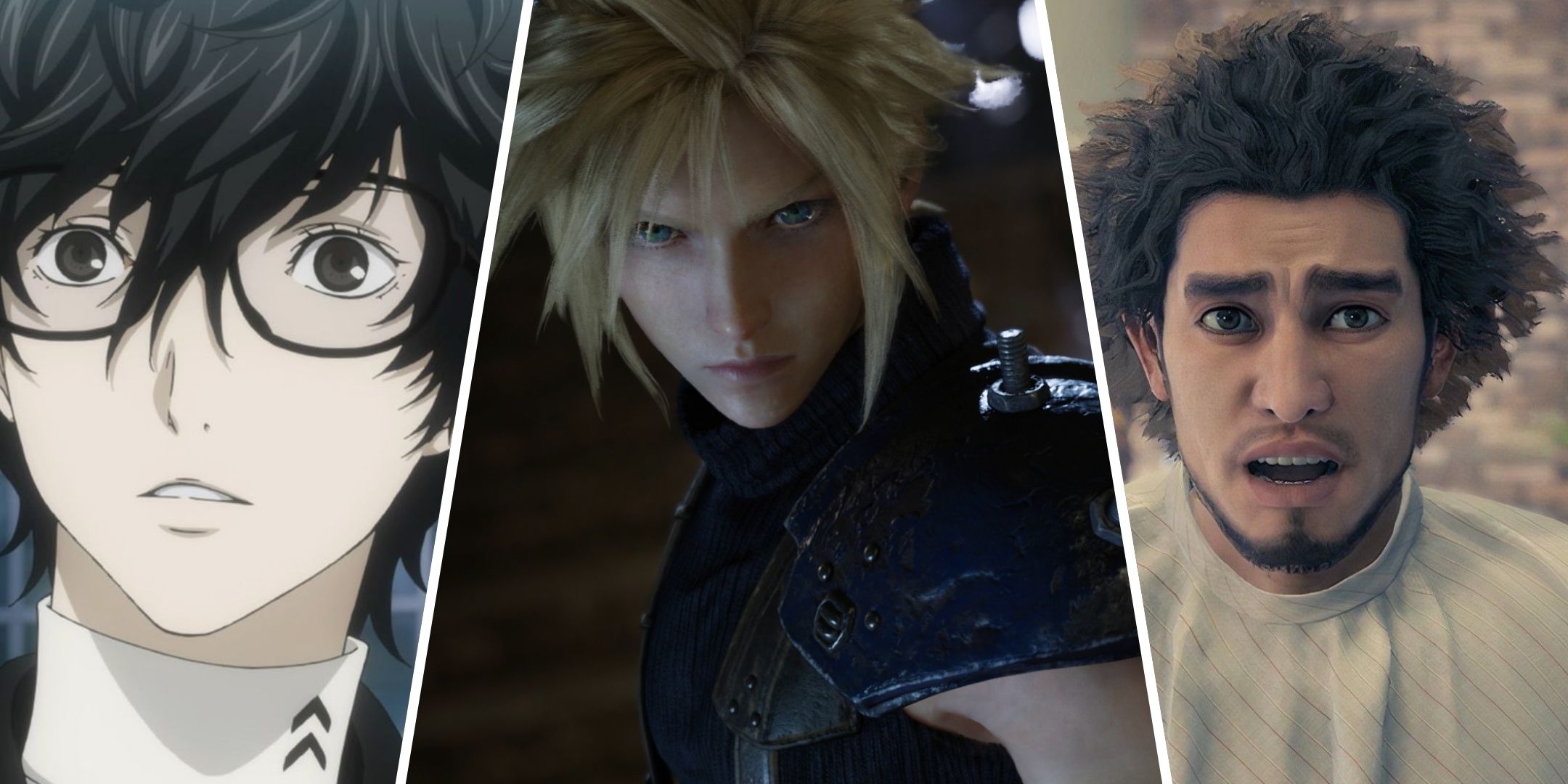
Related
10 Most Fun JRPGs, Ranked
From classic turn-based systems to real-time action, these Fun JRPG games offer thrilling combat and immersive worlds that keep players hooked.
Despite some subtle stylization in faces and body proportions, the game avoids overt caricature such as oversized eyes or rainbow hair, opting instead for a sober color palette and realistic textures that ground its post-apocalyptic world. Developed with Western audiences in mind, Resonance of Fate offers a distinct visual experience within JRPGs, focusing on visual maturity and cinematic atmosphere rather than exuberant manga-inspired spectacle.
5
Parasite Eve
JRPG Features 1990s Film Aesthetic
At its 1998 release, Parasite Eve introduced one of the most unique ideas of its time, blending survival-horror elements with JRPG structure and placing players in control of Aya Brea, a police officer investigating a wave of supernatural events in New York City. Gameplay revolves around a series of puzzles solved through traditional turn-based combat systems that enhance tension and strategic depth.
Another factor that shapes the game’s distinctive concept is its rejection of conventional anime visuals; instead, it presents characters, settings, and landmarks carefully modeled on real-world Manhattan, guided by an art direction inspired by 1990s horror cinema. That moody atmosphere is one of the game’s greatest strengths, making the experience both deeply immersive and mature for long-time horror genre fans.
4
Final Fantasy 16
Many Games In The Franchise Have Always Bet On Realistic Graphics
Square Enix has always chosen to try something new with each mainline title in the franchise, changing everything from narrative tone to visual style and overall presentation. Thus, in Final Fantasy 16, the JRPG abandons the genre’s anime look and places players in a brooding dark-fantasy setting where the kingdom of Valisthea teems with political intrigue that Clive Rosfield must face head-on.
Visually, the Japanese role-playing game adopts a more realistic, cinematic style, presenting human-proportioned characters and environments strongly inspired by medieval Europe, with stone fortresses, weathered armor, and torch-lit halls. In this way, Final Fantasy 16 fully escapes the genre’s anime aesthetic, seen in earlier franchise entries, and offers a brand of gritty realism that seasoned fans and newcomers alike find both refreshing and immersive.
3
Shadow Hearts: Covenant
A Gothic Aesthetic Was Used For This JRPG
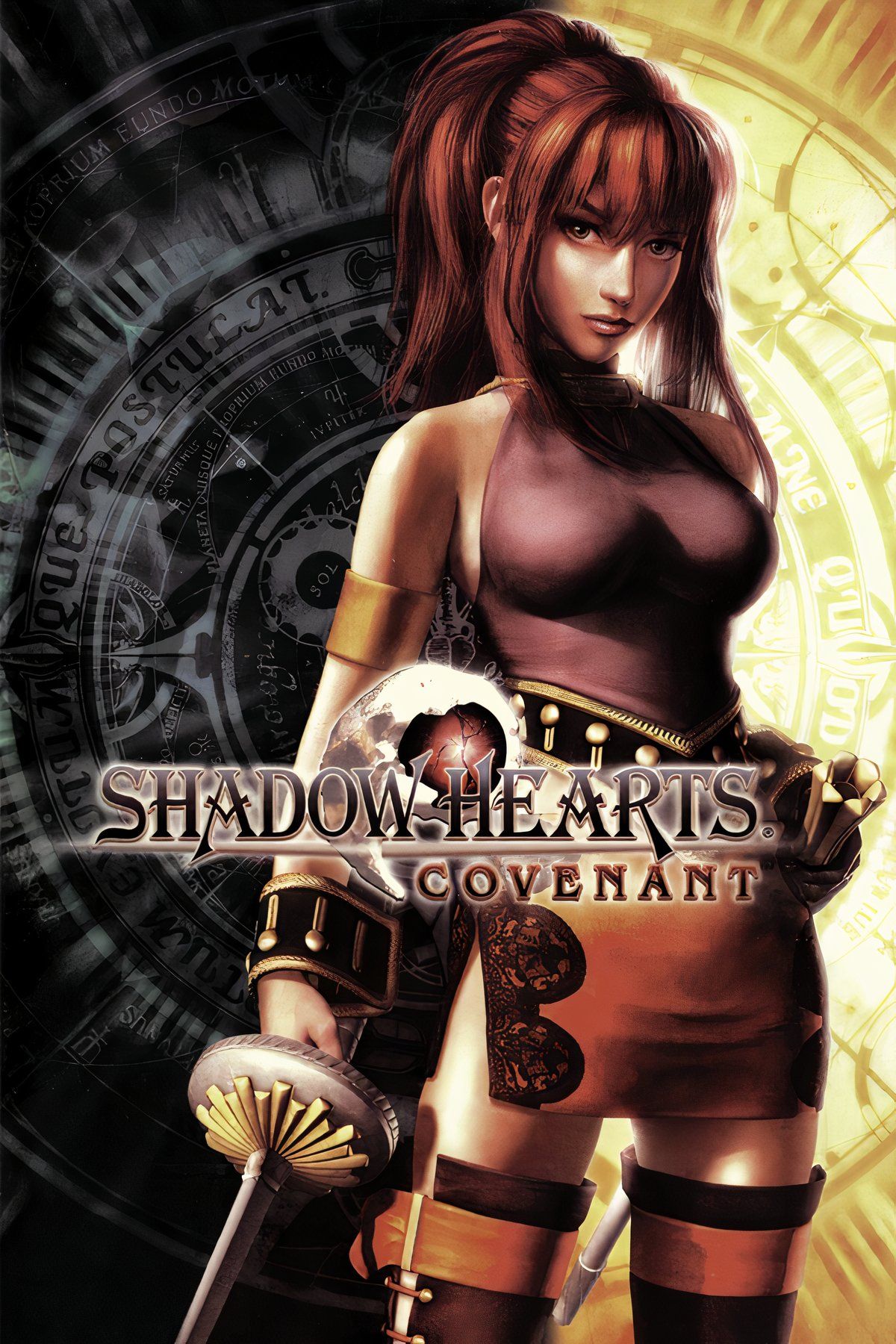
Shadow Hearts: Covenant

- Released
-
September 27, 2004
- ESRB
-
T For Teen Due To Language, Partial Nudity, Suggestive Themes, Violence
- Developer(s)
-
Nautilus
- Publisher(s)
-
Aruze, Midway Games
Set during World War I, Shadow Hearts: Covenant is the series’ second entry and blends real historical events with a dark narrative, placing players in control of Yuri Hyuga on a mission to stop an evil cult haunting Europe in 1915. The JRPG therefore rejects the anime aesthetic common in many genre peers in favor of a more gothic, realistic art direction.
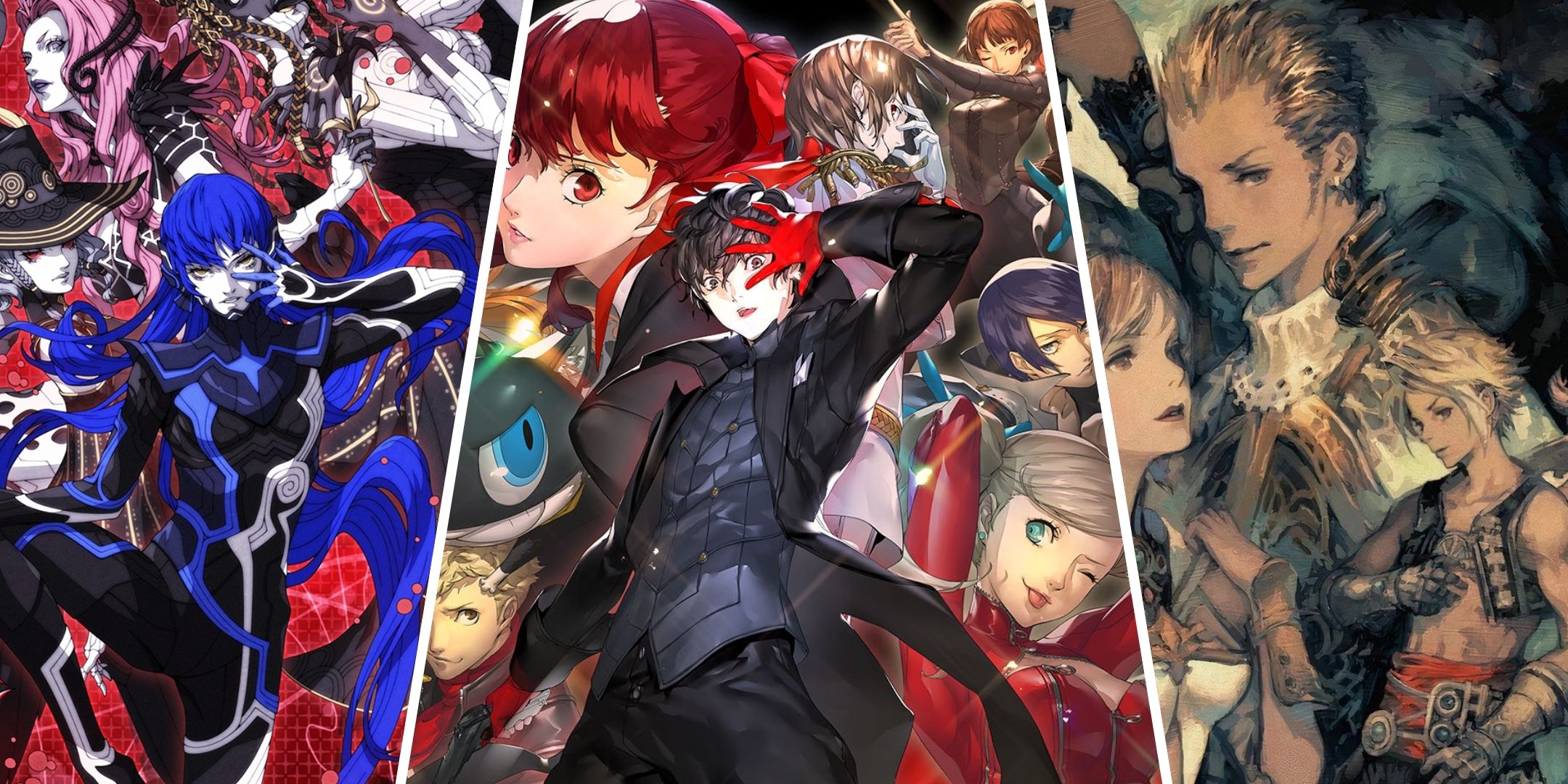
Related
10 Best JRPGs You Can Sink Hundreds of Hours Into, Ranked
These JRPGs offer deep customization, vast exploration or even multiple endings, ensuring hundreds of hours of replayability.
Even though the Japanese role-playing game still features demons and supernatural abilities, its visuals avoid bright colors, flashy effects, and other exaggerated designs. The result is a raw, gloomy atmosphere that reinforces the story’s themes and period setting, making the title one of the best examples of a game that escapes the usual look while retaining a clear identity for the brand.
2
Lost Odyssey
JRPG Used Realistic Graphics Instead Of Anime Aesthetic
Although Lost Odyssey follows a traditional JRPG structure in both combat and story, the game adopts a different visual approach, avoiding highly stylized, anime-leaning traits in favor of grounded detail. As players follow Kaim, an immortal seeking answers across a war-torn world, they meet companions and foes built with realistic proportions, subtle facial expressions, and intricate clothing that aligns more with Western realism.
This aesthetic perfectly matches the story’s mature tone, which revolves around memory, mortality, and the personal traumas of the party members. Though it keeps the usual structure of Japanese role-playing games, Lost Odyssey moves decisively away from the genre’s bright, exaggerated visuals, using careful art direction and muted palettes to convey raw emotion and give the game its own identity.
1
Yakuza: Like A Dragon
JRPG Blends Realistic Graphics With Exaggerated Narrative
Several entries in the Yakuza franchise combine a realistic visual style that strays from the genre’s standard anime look without abandoning the narrative exaggeration intrinsic to many JRPG titles. As a result, Yakuza: Like a Dragon stands as perhaps the best example of this mix, offering the opening chapter of Ichiban Kasuga’s tale, a former yakuza embroiled in a story that weaves drama and absurd humor.
This may be one of the finest Japanese role-playing games that forgo an anime art style yet stays true to the genre’s traditions. The unique blend produces one of the genre’s standout experiences, where grounded realism contrasts perfectly with the over-the-top moments that mirror the protagonist’s personality, enabling Yakuza: Like a Dragon to sustain a chaotic yet compelling story across dozens of hours.
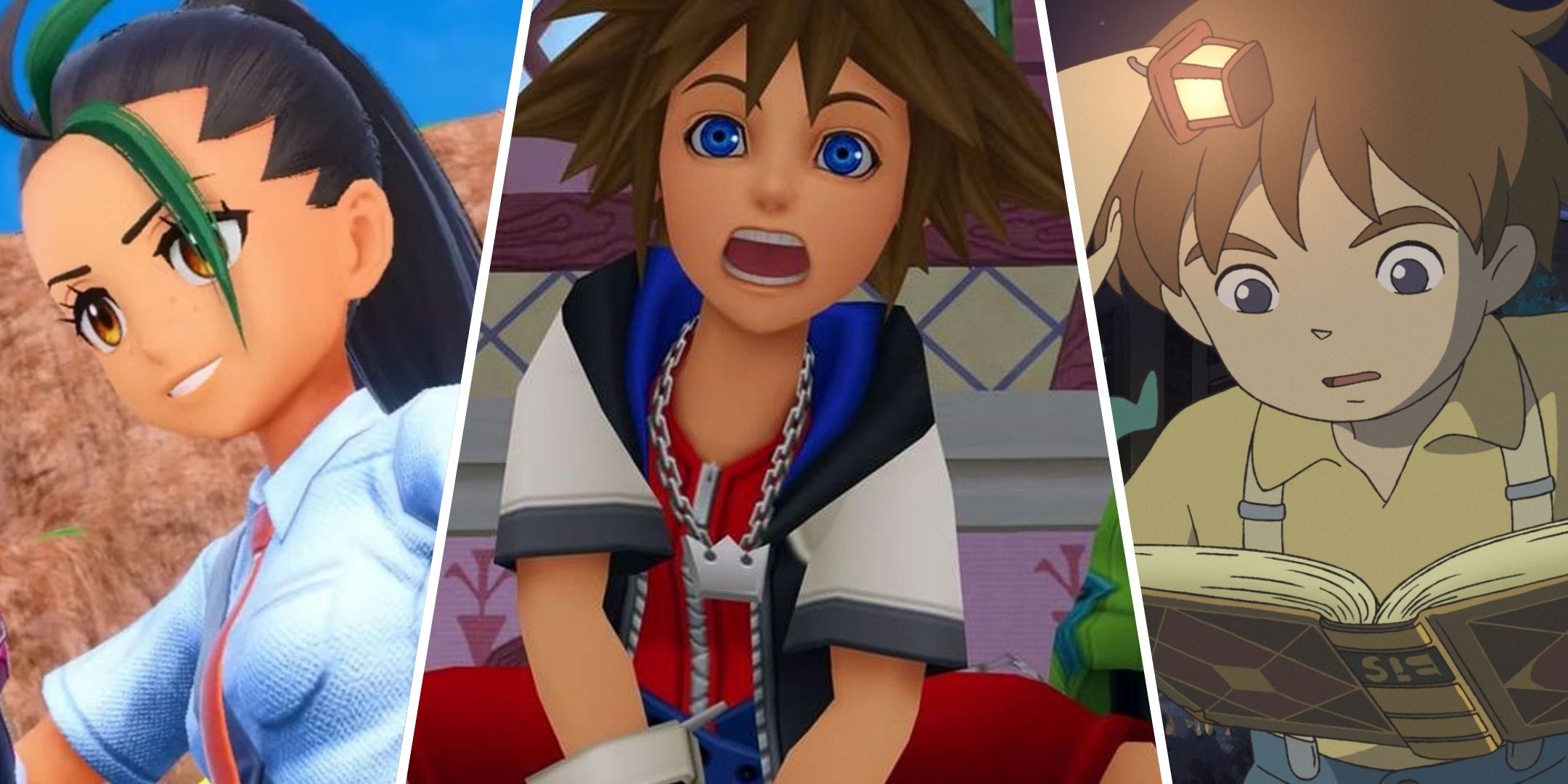
More
10 Best JRPGs With Child Protagonists, Ranked
These JRPGs show that even child protagonists can lead to incredible stories.

